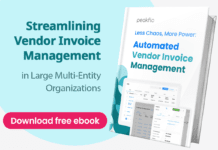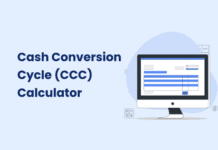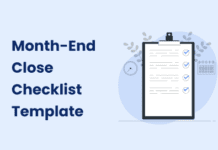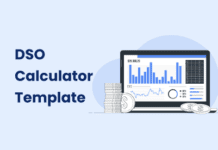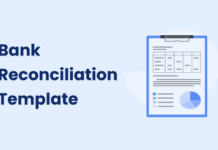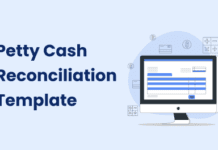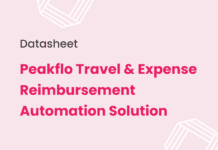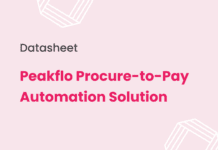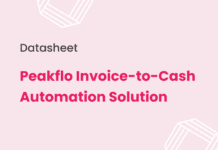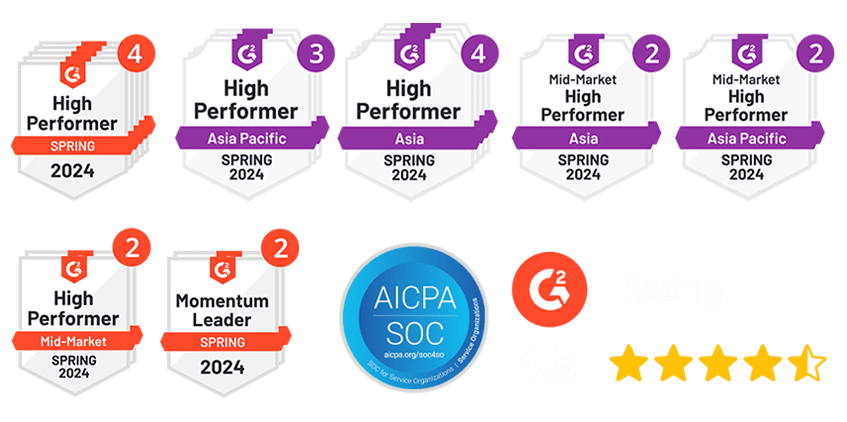As a finance employee or business leader, keeping track of expenses is highly important. Without a standardized categorization of expenses, your company will be at risk of financial losses.
While some expenses are related to profit, others are not – and this is what we call general and administrative expenses.
Find out what general and administrative expenses are, along with some examples and best practices for more hygienic budgeting.
What Are General and Administrative Expenses?
General and administrative expenses are non-product or sales-related operational costs of running a business. Some quick examples are rental fees and salaries. Such expenses are part of selling, general, and administrative costs.
While direct selling expenses directly affect a company’s profit, indirect costs such as general and administrative expenses don’t. Still, G&A expenses are important to the company’s overall management and operations.
When determining whether an expense is considered G&A, ask yourself if it generates revenue. If the answer is no, then it’s likely that the expense falls under G&A.
Examples of G&A Expenses
For a better categorization of your company’s financials, understand different types of budgets in G&A:
- Salaries and payroll
- Rent and utilities
- Employee benefits (insurance, retirement plans, paid time-offs)
- Electronic and office supplies
- Depreciation on building and equipment
- Legal and consulting fees
- Professional development and training expenditures
- Sales, marketing, and advertising expenditures
- Travel costs
- Miscellaneous
General and Administrative Expenses vs. Operating Expenses
Businesses often don’t distinguish between general and administrative (G&A) expenses and operating expenses because G&A costs are typically part of operating expenses. They include various non-production expenses like pensions, insurance, and after-sale costs. To give a clear picture of expenses, companies usually combine these costs into one category called Selling, General, and Administrative (SG&A) expenses. Depending on a company’s policies, G&A costs may include both selling expenses and general and administrative expenses, or they may be separated differently.
How Does the G&A Expense Work?
To understand how G&A expenses work in a professional setting, let’s examine a case study.
To operate, a manufacturing company needs labor, raw materials, and equipment. These expenses do not qualify as G&A expenses since they are directly related to sales and the production of goods.
Nevertheless, the company must pay its employees and executives wages and salaries. Additional costs include office rental, supplies, and legal fees. All of these expenses fall under the G&A category.
Why are General and Administrative Expenses Necessary?
General and administrative (G&A) expenses are necessary for the smooth functioning of a business. While they are often seen as non-essential or secondary expenses, they are crucial for day-to-day operations. These expenses cover essential functions like office rent, utilities, salaries for administrative staff, legal and accounting services, and other overhead costs.
Although G&A expenses may not directly contribute to revenue generation or business growth, they are vital for maintaining the infrastructure and support systems that allow a company to operate efficiently. Without these expenses, a business would struggle to function properly and could even face the risk of closure.
One important aspect of G&A expenses is that they are typically tax-deductible. This means that businesses can reduce their taxable income by deducting these expenses from their total revenue. However, the deductibility rules vary by region, so it’s essential to consult with a tax advisor or accountant to ensure compliance with local regulations and maximize potential savings.
How to Calculate G&A Expenses
The general and administrative expense ratio calculates a company’s total revenue divided by its general and administrative expenses.
G&A Expense Ratio = (General + Administrative Expenses) / Revenue
To use the G&A expense ratio formula, follow the steps below:
- Analyze the income statement and identify the G&A expenses.
- Subtract the cost of goods sold from the net revenue to get the gross margin
- Subtract the G&A expenses from the gross margin to figure out the business’s net income.
A company that has a high G&A spending ratio indicates that it spends most of its sales on administrative expenses, which reduces profitability. This means the company will need to implement control stages in their budgeting.
On the other hand, a company that has a low G&A expense ratio likely regulates its administrative costs properly.
Investors and analysts use the G&A spending ratio as a key statistic to evaluate the company’s cash flow health and overall financial performance.
Example of the Calculation
Here’s an example of G&A expense calculations.
AI & Robot Company. General and Administrative Expenses for February 2022.
| G&A Expenses | Cost (USD) |
| Office Space | 10,000 |
| C-Level Salaries | 69,000 |
| Employee Salaries | 84,000 |
| Insurance | 5,000 |
| Research and Development | 15,000 |
| Travel Expenses | 1,000 |
| Supplies | 500 |
| Total Expenses | 175,500 |
How to Manage G&A Expenses
If you’re planning to save on your operating expenses, here are some tips to effectively control G&A costs:
- Sort expenses into categories: Classify your expenses such as rent, utilities, salaries, legal fees, and so forth. Doing so will give you a general idea of where your money is going.
- Set strict budgets: Plan out a strategy for your G&A spending and specify how much you’ll spend on each budget item. This will help you keep tabs on your spending and decide where to cut spending if required.
- Bargain with suppliers: Try your best to get lower prices or discounts from suppliers. To minimize administrative costs and simplify the process, consider working with fewer or smaller vendors.
- Limit business debts: Make sure to pay bills on time before they begin incurring late fees. At a glance, late payments might not be huge in amount but can harm the organization if such occurrences happen to a lot of bills. Using accounts payable software will streamline your payment processes.
- Go remote: Office rent can be expensive and can add up significantly to the total expenses. Working hybrid or remotely will be just as efficient as working offline, and is more economical in the long term.
- Evaluate human resources:
- Ensure that you have the right number of employees and that their functions are per your company’s goals. Think about outsourcing non-core jobs or automating some tasks to improve productivity.
- Track budgets regularly: Review your financial statements from time to time, make necessary adjustments, and look for areas of improvement. Take action before your budget exceeds the limit. Peakflo helps stay on top of spending with automatic notifications your teams will receive before, when, and after the budget reaches the limit.
- Leverage financial software: Peakflo can be your source of truth that will ensure all of your financial data is up-to-date and 100% accurate. Set up a budget with a couple of clicks and gain insights from the monthly summary of spending. Save costs by automating redundant tasks such as invoicing and bookkeeping.
Peakflo’s Budget Management solution enables users to define budgets for any company expense, whether one-time or recurring. It simplifies the budgeting process and ensures a professional approach to budget management. The platform’s access control features keep budget owners and members informed and engaged, while its unique approval policies streamline the approval process, making budget management more efficient and effective. With Peakflo, organizations can easily create, manage, and monitor budgets, leading to improved financial management and better decision-making.

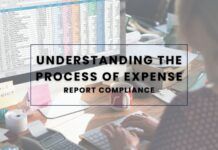







![Why AI Sales Calls Are Making Good Sales Reps Even Better [2025 Guide] ai sales calls](https://cdn-kmjmp.nitrocdn.com/YvtqmrsiHUxqerlSiZgbfzqqTARWTElr/assets/images/optimized/rev-834053b/blog.peakflo.co/wp-content/uploads/2025/09/65168cf6-3001-4733-8cbc-12d5684cf449-218x150.webp)







